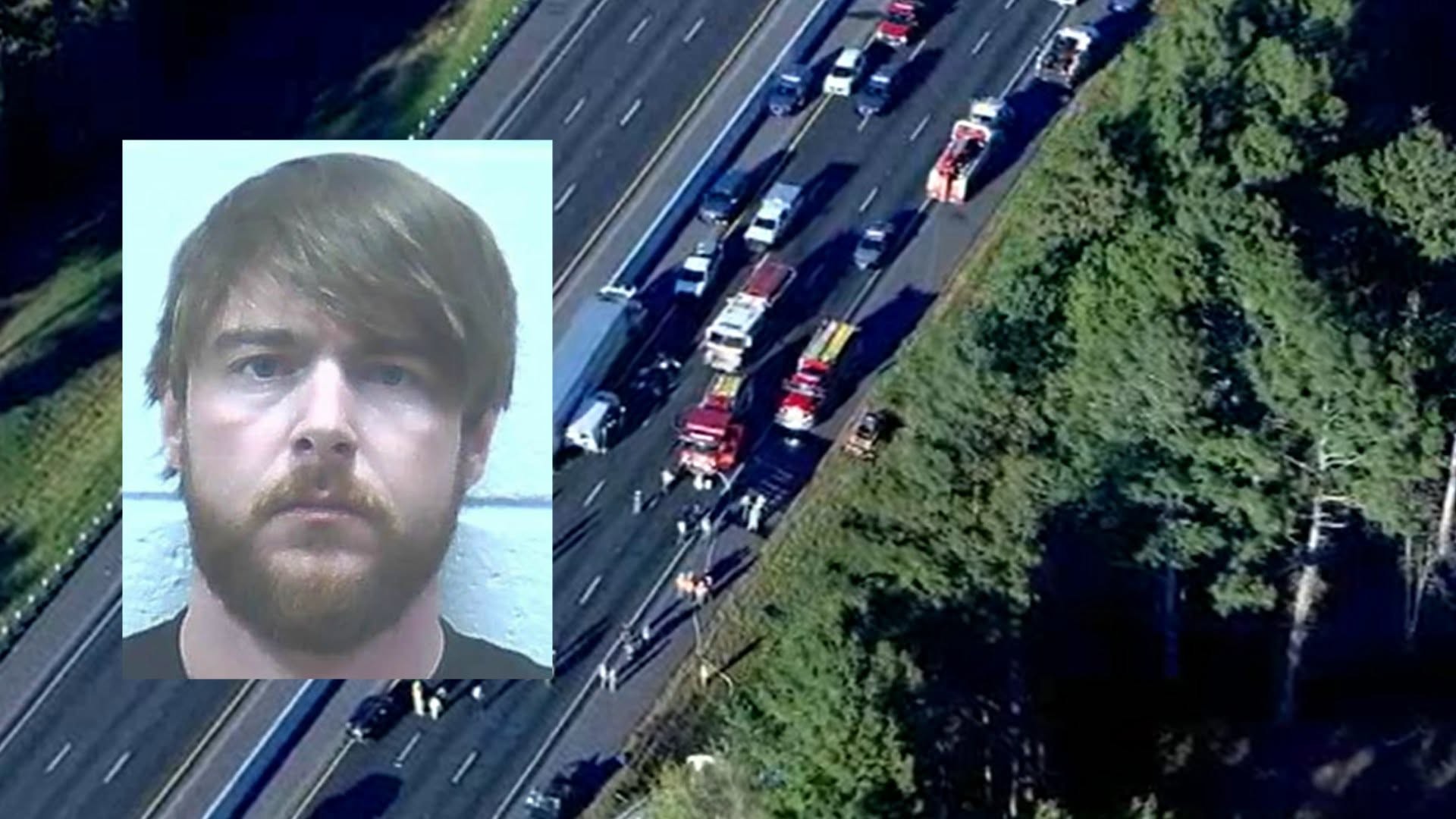Eight Lives Lost in Tragic I-85 Crash in Georgia — Officials Urge Caution, Safe Driving Habits
A heartbreaking collision on Georgia’s I-85 has claimed the lives of eight members from the same family, including several children. Authorities report that the deadly chain-reaction crash began when a truck rear-ended a van, setting off a series of collisions involving multiple vehicles. As the investigation continues, officials are using this tragedy to remind drivers of the life-saving importance of staying alert, avoiding distractions, and maintaining safe distances on the road.
What Authorities Have Confirmed
The Georgia State Patrol confirmed that the crash took place in Jackson County, approximately 60 miles northeast of Atlanta. Seven individuals were pronounced dead at the scene, while an eighth was discovered later during recovery operations.
The truck driver who initially struck the family’s van has been identified and is now facing multiple charges, including vehicular homicide and distracted driving. In response to the severity of the crash, the National Transportation Safety Board (NTSB) has launched a joint investigation alongside state authorities.
Understanding Chain-Reaction Crashes
So-called “chain-reaction” collisions occur when one crash leads to several others in quick succession — a dangerous scenario often seen on busy highways. These incidents are especially hazardous when large vehicles, such as semis or commercial trucks, are involved and following too closely.
Even a small delay in reaction time can escalate a minor impact into a devastating pileup. Factors such as high speeds, low visibility, or wet roads significantly raise the risk. According to the Federal Motor Carrier Safety Administration (FMCSA), truck drivers should maintain at least one second of following distance for every 10 feet of vehicle length when driving under 40 mph — and increase that distance at higher speeds.
Essential Driving Safety Tips for Long Highway Trips
Whether you’re behind the wheel of a car, SUV, RV, or commercial vehicle, these tips can help keep you — and everyone around you — safe on the road:
Keep a safe following distance: Always maintain at least four seconds of space between you and the vehicle ahead. For larger vehicles, leave even more room.
Stay distraction-free: Never use your phone while driving. A split-second glance at a screen can lead to life-altering consequences.
Drive patiently: Avoid sudden braking or aggressive lane changes. Smooth, steady driving helps prevent multi-vehicle crashes.
Check your vehicle before the trip: Make sure your brakes, tires, and lights are in working condition before heading out.
Know when to rest: Fatigue impairs judgment and slows reaction time. Use rest areas or take breaks if you feel tired — it could save a life.
What Happens After a Fatal Crash
Following major accidents like this, teams from the NTSB and Georgia State Patrol conduct thorough investigations. They gather data from vehicle recorders, interview witnesses, and examine the positions and conditions of the vehicles involved.
These investigations don’t just determine who is at fault — they aim to identify ways to prevent similar tragedies in the future. The NTSB’s findings often lead to nationwide safety improvements and policy recommendations.
You can learn more about the process on the NTSB’s official website
.
A Family and Community in Mourning
Several victims in the crash have been publicly identified by heartbroken family members. Communities across Georgia are responding with compassion — holding vigils, organizing donation drives, and offering support to the grieving family.
Officials also urge anyone affected by the tragedy to seek out mental health resources or community support services during this difficult time.
What We Can All Learn From This Tragedy
This devastating incident serves as a powerful reminder: every moment behind the wheel matters.
Simple choices — like staying focused, keeping your distance, and pulling over when tired — can be the difference between a safe arrival and irreversible loss. Whether you’re driving a family car or a freight truck, your decisions on the road carry enormous weight — not only for your safety, but for everyone you share the road with.
Trusted Sources for Road Safety Information
For accurate, expert-backed guidance on road safety, visit:
Federal Motor Carrier Safety Administration (FMCSA)
National Transportation Safety Board (NTSB)
Both agencies offer resources, statistics, and safety recommendations for both professional drivers and the general public.
